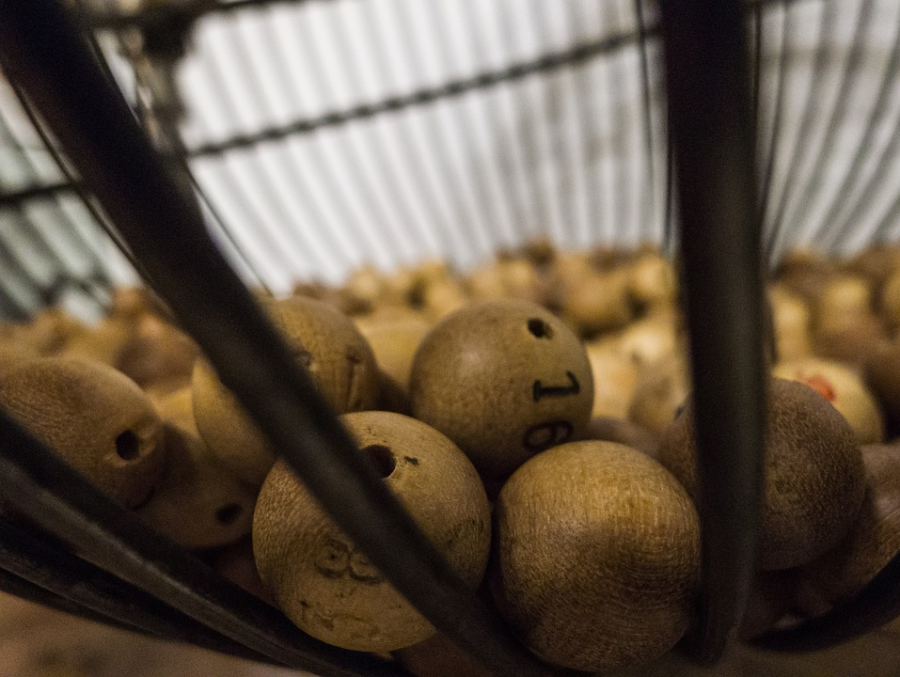The Draft…Will Your Number Be Called?
Bullets fly past you while you’re prone in the sludgy mud. You never thought it would come to this until your draft number was called.
Today’s media makes us feel as though we could be at war at any minute. There is much talk of the draft because of recent events involving potential conflict with other countries, like Korea, Iran, you name it.
As a junior in high school, my friends and I often wonder if we could be drafted in the near future. The law states that all males must register. If they fail to do so, they will not be eligible for opportunities like financial aid and federal jobs in the future.
And many female Rhinebeck students wonder if the registry is required for them to go into the draft. The answer is no. In our history in the 1980s, the Supreme Court heard and decided four cases related to the Military Service Act. In Rostker v. Goldburg, the court decided that men are only required to sign up for the draft because women were not eligible for combat.
But a draft is unlikely to happen. A draft only is issued when a dramatic crisis occurs. This is when our country or possibly other countries are in actual conflict.
The last draft call was Dec 7, 1972 Vietnam War. There was almost another draft in the early 90s for the Gulf War. With the major military reserves for U.S. forces in the Gulf War, the necessity for much larger armed forces could have resulted in a military requirement to reinstate the draft.
The Selective Service System agency is an independent agency of the United States government that is responsible for organizing the draft. The structure of the agency consists of a data management center and three region headquarters with 124 full time employees authorized.
There are six sequences of events during a draft. First, Congress and the President authorize the draft. Next, the lottery, which employs the use of 2 large rotating drums, randomly selects who will serve. Balls with a certain date on them are dropped into one drum. A second drum gets loaded with balls numbers from 1- 366. The drums mix, and two of the balls are picked. The numbers decide who gets drafted.
Next, all parts of Selective Service are activated, ordering its state directors and reserve forces officers to report for duty. Fourth, registrants are physically, mentally, and morally evaluated. Fifth, local and appeal boards are activated and induction notices are sent.
Those who pass the military evaluation will receive induction orders. Lastly, the first drafts are inducted. Selective Service must deliver the first inductees to the military within 193 days from the onset of a crisis.
The easiest way to register for the draft is online. If your social security number isn’t found in their system, you can fill out a registration form and put it in the mail to the Selective Service System, a signature is required.
Although many of you who are reaching the age of 18 may be imagining a drill sergeant bombarding degrading things in your ear, I wouldn’t worry because the draft is unlikely to happen.
But knowing how the draft process works is important.






